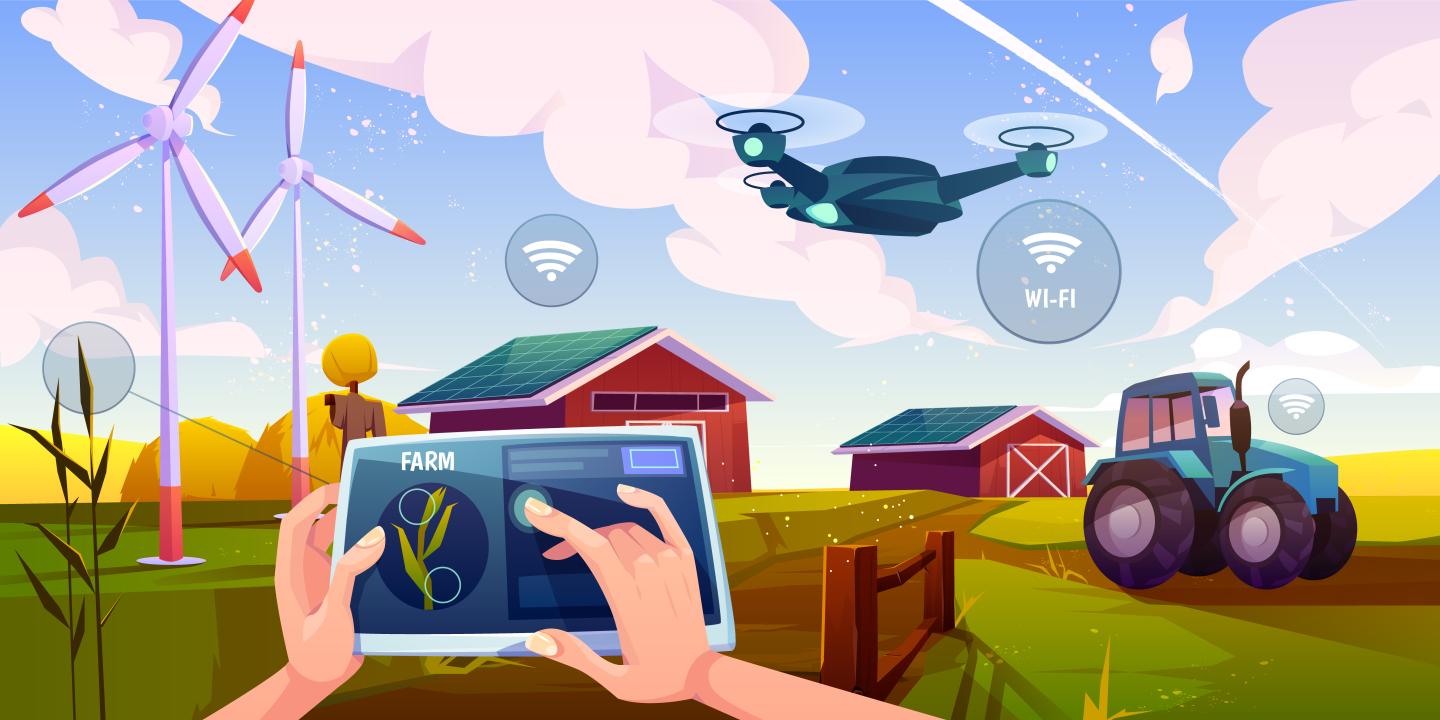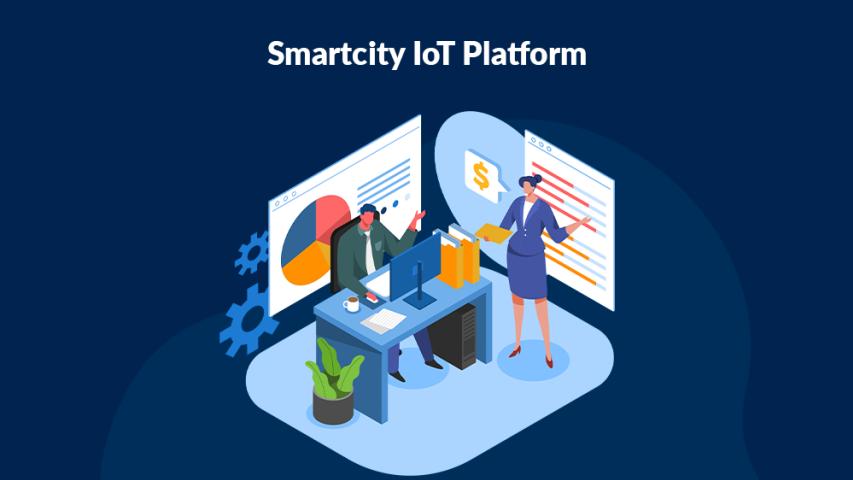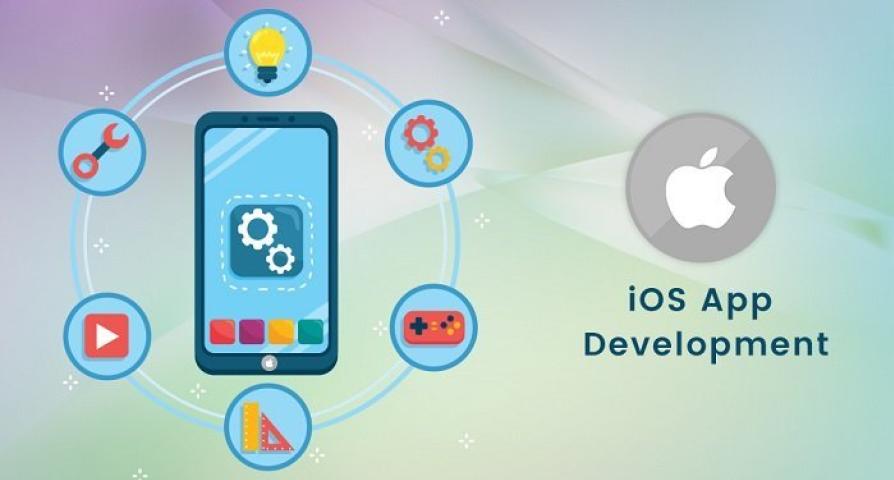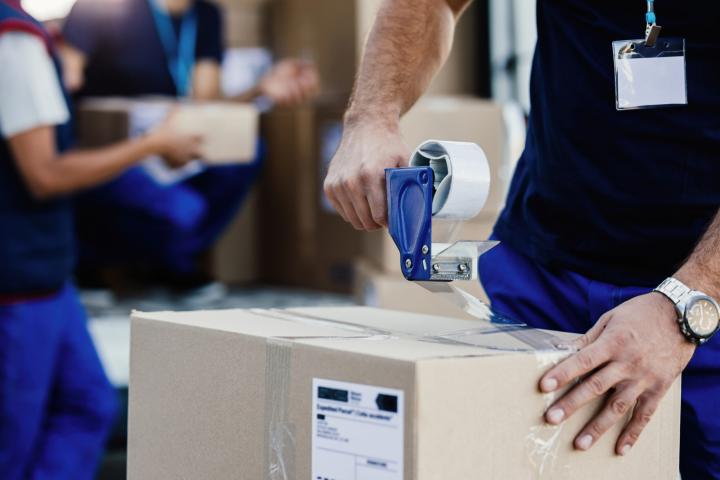The agriculture industry is undergoing a remarkable transformation, thanks to the advent of the Internet of Things (IoT). IoT is revolutionizing farming by connecting devices, sensors, and equipment to the internet, enabling farmers to gather real-time data, make more informed decisions, and optimize their farming practices. This technology is helping farmers improve crop yields, reduce waste, and enhance overall efficiency. In this article, we'll explore how IoT is transforming the future of agriculture and farming practices.
1. What is IoT in Agriculture?
The Internet of Things (IoT) refers to the network of interconnected devices that communicate and share data over the Internet. In agriculture, IoT involves using smart devices, sensors, and software to collect and analyze data about various aspects of farming, such as soil moisture, weather conditions, crop health, and equipment performance. This data helps farmers make more informed decisions, reduce manual labor, and increase productivity.
2. Key Components of IoT in Agriculture
To understand how IoT is transforming agriculture, it's essential to know the key components that make up an IoT-enabled farming ecosystem:
Sensors: These devices are placed in fields to monitor soil moisture, temperature, humidity, and other critical parameters.
Drones: Equipped with cameras and sensors, drones are used for aerial monitoring, crop health assessment, and spraying.
Smart Irrigation Systems: Automated systems that control water usage based on real-time data from soil sensors.
Livestock Monitoring Devices: Wearable sensors that monitor the health, location, and behavior of livestock.
Cloud-Based Platforms: Software that collects, stores, and analyzes data, providing actionable insights to farmers.
3. Precision Farming: The Game Changer
Precision farming is an approach that uses IoT technologies to monitor and manage variations in the field accurately. It involves the use of GPS, sensors, and data analytics to ensure that crops and soil receive the exact treatment they need for optimal health and productivity.
How Does Precision Farming Work?
Data Collection: IoT sensors collect data on soil moisture, temperature, pH levels, and nutrient levels.
Data Analysis: The collected data is processed using advanced analytics to identify patterns and trends.
Actionable Insights: Farmers receive real-time insights on when to irrigate, fertilize, or apply pesticides, reducing waste and increasing yield.
Benefits of Precision Farming
Increased Crop Yield: By applying inputs like water and fertilizers more efficiently, farmers can achieve higher yields.
Reduced Costs: Precision farming helps minimize the use of resources, lowering operational costs.
Sustainability: Reducing chemical usage and optimizing resource use contributes to more sustainable farming practices.
4. Smart Irrigation Systems: Conserving Water and Energy
Water scarcity is a significant challenge in agriculture, making smart irrigation systems crucial. These systems use IoT sensors to monitor soil moisture and weather conditions, ensuring that crops receive the right amount of water at the right time.
How Smart Irrigation Works?
Soil Moisture Sensors: Installed in the fields, these sensors continuously measure the soil's moisture content.
Automated Watering: The system automatically adjusts the irrigation schedule based on real-time data, reducing water wastage.
Benefits of Smart Irrigation
Water Conservation: Reduces water usage by up to 50% compared to traditional methods.
Energy Efficiency: Lowers energy consumption by optimizing the use of irrigation equipment.
Improved Crop Health: Prevents overwatering or underwatering, promoting healthier crop growth.
5. Drones in Agriculture: Aerial Monitoring and Crop Health Assessment
Drones have become an indispensable tool in modern farming. Equipped with high-resolution cameras and sensors, drones provide farmers with valuable data on crop health, soil conditions, and pest infestations.
Applications of Drones in Agriculture
Aerial Imaging: Drones capture images of the fields to identify crop health issues, pest infestations, and water distribution patterns.
Crop Spraying: Drones can be used to apply fertilizers, pesticides, and herbicides accurately.
Field Mapping: Drones create detailed maps of the fields, helping farmers plan and optimize their planting strategies.
Benefits of Using Drones
Quick Data Collection: Drones can cover large areas quickly, providing real-time data to farmers.
Cost-Effective: Reduces the need for manual labor and expensive equipment for monitoring.
Improved Precision: Enables targeted applications of inputs, minimizing waste and maximizing yield.
6. Livestock Monitoring: Enhancing Animal Welfare and Productivity
IoT technology is not limited to crop farming; it also plays a vital role in livestock management. Smart sensors and wearable devices are used to monitor the health, location, and behavior of animals.
How IoT Helps in Livestock Management
Health Monitoring: Wearable sensors track vital signs such as heart rate, body temperature, and activity levels to detect early signs of illness.
Location Tracking: GPS-enabled devices help farmers keep track of livestock in large pastures.
Automated Feeding Systems: IoT-enabled feeders provide the right amount of feed based on the animal's age, weight, and health condition.
Benefits of Livestock Monitoring
Improved Animal Health: Early detection of health issues allows for prompt treatment, reducing mortality rates.
Enhanced Productivity: Optimized feeding schedules and health monitoring lead to better growth and productivity.
Reduced Labor Costs: Automation reduces the need for manual monitoring and feeding.
7. Soil Health Monitoring: Ensuring Optimal Growing Conditions
Maintaining soil health is critical for sustainable agriculture. IoT sensors provide real-time data on soil conditions, helping farmers maintain optimal growing environments.
How IoT Monitors Soil Health
Soil Sensors: Measure parameters like moisture, temperature, pH, and nutrient levels.
Data Analysis: Analyzes soil data to recommend fertilization and irrigation schedules.
Benefits of Soil Health Monitoring
Better Crop Yield: Ensures that crops receive the right nutrients and moisture levels.
Cost Savings: Reduces the need for excessive fertilization and watering.
Sustainable Farming: Promotes responsible use of resources, maintaining soil health over time.
8. Weather Forecasting: Preparing for Climate Uncertainties
Weather conditions play a significant role in agriculture. IoT-enabled weather stations provide accurate, real-time weather data, helping farmers make timely decisions.
How IoT Improves Weather Forecasting
Real-Time Data Collection: IoT sensors collect data on temperature, humidity, wind speed, and rainfall.
Predictive Analytics: Analyzes historical and current weather data to predict future weather patterns.
Benefits of IoT-Enhanced Weather Forecasting
Risk Mitigation: Helps farmers prepare for adverse weather conditions like storms or droughts.
Optimized Planting Schedules: Ensures crops are planted at the ideal time for maximum yield.
Reduced Losses: Minimizes crop damage due to unexpected weather changes.
9. Farm Automation: Reducing Manual Labor and Increasing Efficiency
IoT-driven automation is transforming traditional farming practices. From automated tractors to robotic harvesters, IoT is reducing the reliance on manual labor and increasing overall farm efficiency.
Key Automation Applications
Automated Machinery: Tractors, plows, and harvesters that operate autonomously using GPS and IoT data.
Smart Greenhouses: Automated climate control systems that adjust temperature, humidity, and lighting based on real-time data.
Robotic Harvesting: Robots that pick fruits and vegetables, reducing labor costs and increasing precision.
Benefits of Farm Automation
Reduced Labor Costs: Lowers the need for manual labor, saving time and money.
Increased Precision: Ensures tasks like planting, harvesting, and irrigation are done with high accuracy.
Higher Productivity: Automates repetitive tasks, allowing farmers to focus on more critical aspects of farming.
10. Data-Driven Decision Making: Unlocking the Power of Analytics
IoT enables farmers to collect vast amounts of data, which can be analyzed to gain valuable insights and make informed decisions.
How Data Analytics Transforms Farming
Yield Prediction: Analyzes historical data to predict future yields, helping farmers plan better.
Resource Optimization: Identifies areas where resources are over or under-utilized, optimizing their use.
Market Insights: Provides information on market trends and demand, helping farmers decide what and when to plant.
Benefits of Data-Driven Decision Making
Improved Efficiency: Helps farmers allocate resources more effectively.
Reduced Costs: Minimizes waste and unnecessary expenses.
Better Crop Management: Enables proactive management of crops and livestock.
Conclusion
The integration of IoT in agriculture is not just a trend—it's a revolution that is reshaping how farming is done worldwide. From precision farming and smart irrigation to drone monitoring and livestock management, IoT is enabling farmers to optimize their resources, increase productivity, and embrace sustainable practices. As IoT technology continues to evolve, the future of agriculture looks more promising than ever, offering solutions to some of the most pressing challenges faced by the industry today.
By embracing IoT, farmers can transform their operations, reduce costs, increase yields, and contribute to a more sustainable and efficient agricultural sector. The future of farming is here, and it's digital.













